SK90PV Solar Pump Inverter
Product Overview
Key Features

24/7 Operation
- Hybrid AC/DC input (solar/grid)
- 900VDC max input
- Continuous pump operation
Maximum Energy Efficiency
- High-Efficiency MPPT
- Cost-Effective Solution
- High Return on Investment
Payback period

MPPT efficiency up to


Enhanced Durability
- High-Efficiency MPPT
- Over-voltage
- Under-voltage
- Over-current
- Short-circuit
- Over-temperature, etc
- Extended Lifespan of the pump and inverter Reduced Maintenance
Wide Applicability
- Multiple Control Modes:
- Constant pressure
- constant current
- timing
- liquid level
- flow, etc
- Broad Pump Compatibility.
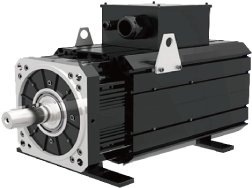
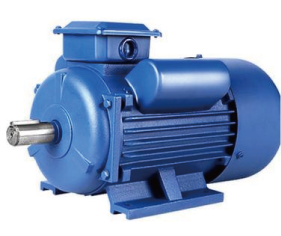
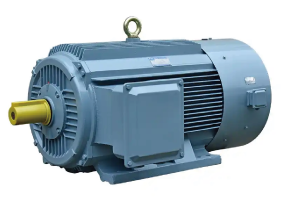

Smart IoT (Optional)
- Remote Monitoring
- GPS positioning
- WiFi connection
- real-time pump status monitoring
- Intelligent Control
- Remote start/stop
- parameter adjustment
- real-time pump status monitoring
- enabling unattended operation
- Data Analysis
User-Friendly Design
- Plug & Play
- No parameter pre-setting required
- plug in and use
- simplified installation
- Automatic Start/Stop
- Automatic standby on cloudy days
- automatic restart when sunlight returns
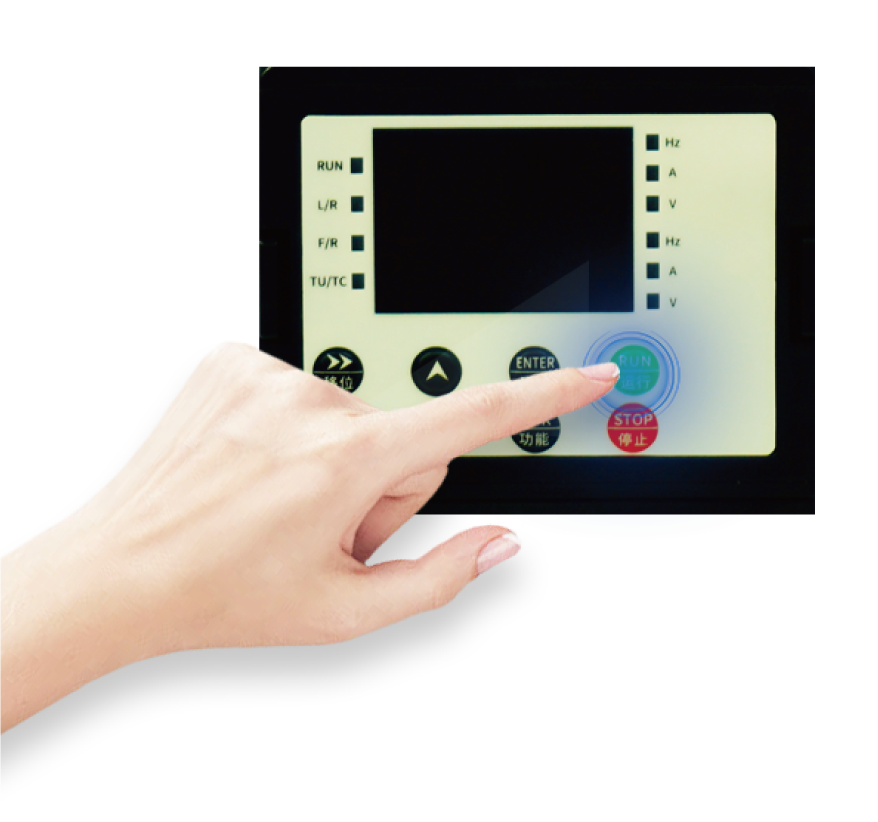
Specifications Download
Specifications
Solutions

Solar Pump Inverter Solution for Urban & Public Facility Water Supply
Smart Solar Pumping for P
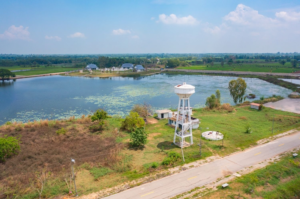
Solar Pump Inverter Solution for Rural & Domestic Water Supply
Off-Grid Water Supply Sys

Solar Pump Inverter Solution for Livestock Watering & Grassland Supply
Reliable Water Supply Sys
Cases
FAQ Section:
Q1: What’s the difference between off-grid and hybrid inverters?
A1:
Off-grid inverters work without the electrical grid, ideal for remote areas. They store energy in batteries for later use.
Hybrid inverters connect to both solar panels and the grid. They provide backup power and can send excess energy back to the grid.
Q2: How do I calculate the inverter size I need?
A2:
Calculate your daily energy use in kWh. Then, choose an inverter that’s 1.2 to 1.5 times your total daily consumption for a safe margin.
Example: If your daily energy use is 10 kWh, choose an inverter with 12-15 kW capacity.
Q3: Can I use the inverter without batteries?
A3:
Yes, with a hybrid inverter, it will work with the grid. Off-grid inverters need batteries to store energy for use when the sun isn’t shining.
Q4: What happens if the inverter can’t handle all the power from my solar panels?
A4:
The inverter will shut down to protect itself. It’s important to match your inverter size with the maximum output of your solar panels.
Q5: Can hybrid inverters provide backup power?
A5:
Yes, hybrid inverters can provide backup power when the grid is down, while still working with the grid during normal conditions.
Q6: What maintenance does the inverter need?
A6:
Minimal maintenance. Keep it clean and monitor performance. Some models come with remote monitoring features to track energy production.
Q7: Will the inverter work with my solar panels?
A7:
Our inverters are compatible with most solar panels. If you’re unsure, we can help confirm compatibility.
Q8: How do I know my system is working well?
A8:
Most inverters have monitoring features. You can track performance through a smartphone app or online portal.
Your Trusted Partner for Solar Pump Inverters
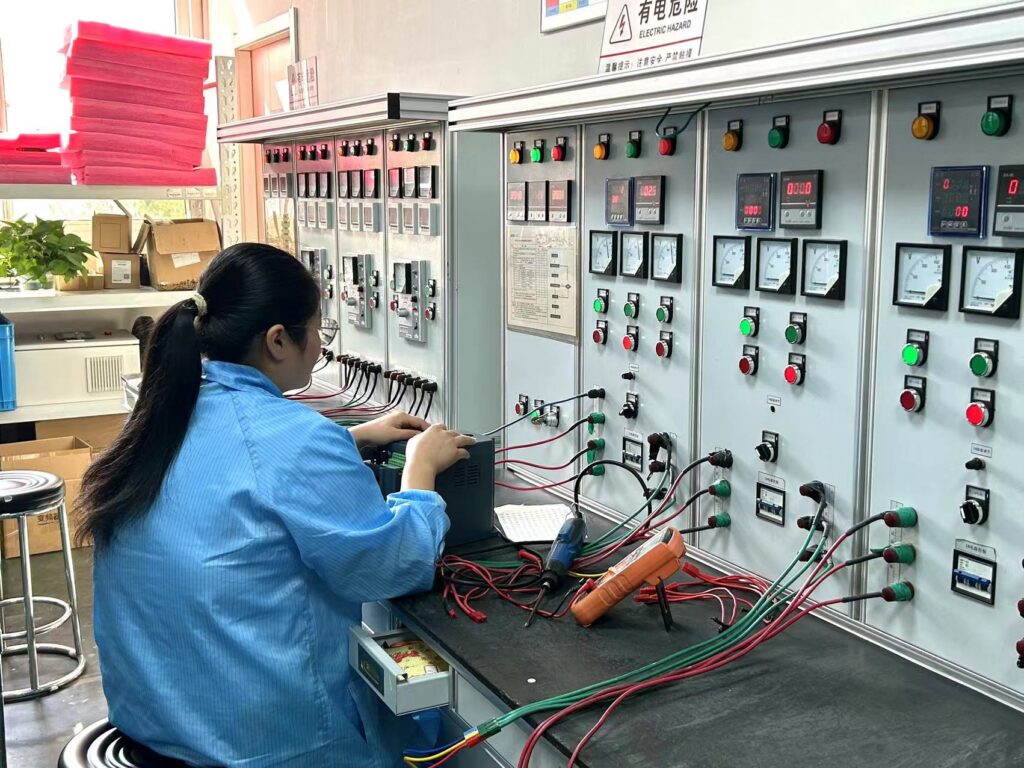
Top Quality

Strong R&D

Global Standards



